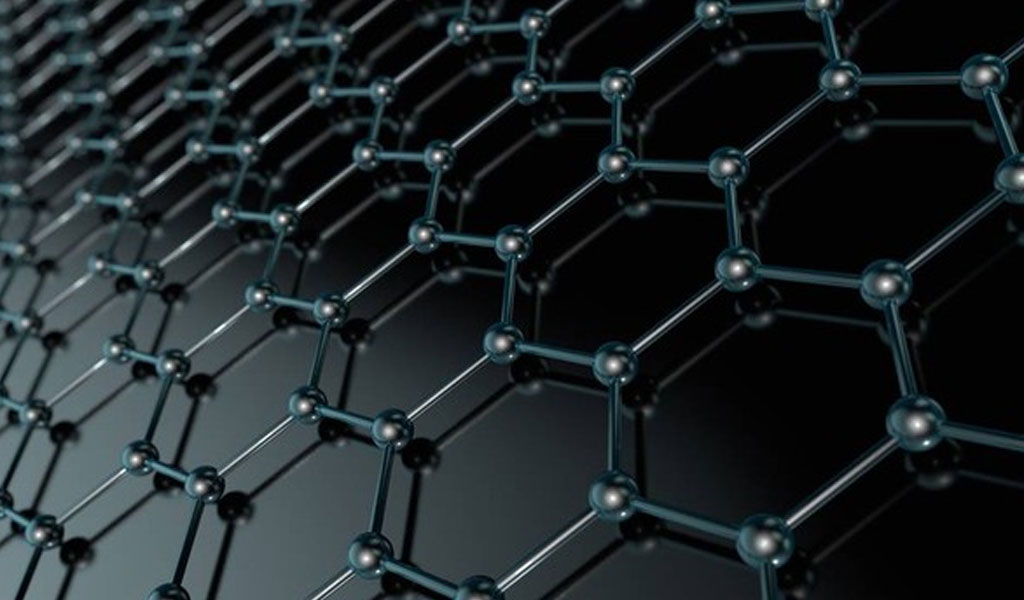
In 1981, McLaren introduced the world’s first carbon fiber shell material to the F1 car. During the fierce competition, McLaren was groundbreaking in reducing car weight and improving handling performance.
Formula 1 became the earliest adopter of carbon fiber, but the technology quickly transferred to high-performance road cars. The first cars were the McLaren F1 in 1992, followed by Lamborghini and Ferrari.
Over the past two decades, carbon fiber has found its way into nearly every supercar, hypercar, and luxury sports car in production.
McLaren MP4/1
CFRP is widely used in the high-end market – racing, supercars and premium sports cars. In these market segments, vehicle performance is a key factor. Lightweight, reduced emissions, maneuverability and external structural aesthetics have become the driving forces for the application of carbon fiber in the automotive field.
Carbon fiber is commonly used in components including body frame structures, roof structures, interior and exterior body panels, and more. The majority of the material is available in prepreg form, but in some cases the HP-RTM process is used.
Carbon fiber used in automobile frames
In recent years, driven by factors such as industry drivers and equipment manufacturers seeking to advance their CFRP integration, CFRP has seen a trend of development from high-end passenger cars to mid-size vehicles. As shown below:
Passenger cars begin to use carbon fiber materials
Development and challenges of automotive carbon fiber industry
Global passenger cars are expected to grow at a compound annual growth rate of 2.8%, and global car production is expected to exceed 100 million units by 2020; China will continue to be the largest market and the fastest growing market, and Europe and North America will Remain relatively stable.
Global passenger car market development trends
Contrary to the rapid development trend of passenger cars, the sales of passenger cars powered by petroleum or diesel, especially diesel engines, will decline significantly. The compound annual growth rate of new energy vehicles represented by EV/PHEV is expected to increase significantly by 35%, with a maximum of 35%. The fast growth period is 2025-2030.
Market development trends of different types of passenger cars
The automotive industry is developing rapidly, and the main driving factors for the future depend on:
Legislation – governments around the world are increasingly setting stringent (zero) emissions targets;
Environmental-social responsibility is influencing buyer decisions;
Operating costs – Petroleum fuel prices are increasing the cost of ownership;
Electric powertrain – Range is one of the biggest barriers to EV sales, and the lighter the weight, the greater the range;
Safety – strength, stiffness and improved energy absorption during impact;
Design freedom – embedded sensors, functional improvements, and multi-material integration;
Driving Experience – Consumers are demanding increased connectivity, autonomous driving.
The development trends of the automotive industry pose challenges to carbon fiber composite materials:
Cost – is the biggest obstacle to mass adoption of CFRP;
Capacity – scaling up requires significant capital;
Cycle times – CFRP’s ultra-low cycle times are needed to meet productivity requirements;
Quality Assurance – repeatable, low PPM failure levels;
Recyclability – scrapping/reusing is a regulatory requirement in many countries;
Integration – multi-material solutions will require effective compatibility between metals and plastics;
Database architecture – Automotive engineers need good material data to support part design.
In response to the above challenges faced by the application of CFRP in the automotive industry, the main solutions include:
Material Solutions – CFRP is not a one-size-fits-all component, but rather the right material in the right place;
Design for Manufacturing – trains automotive engineers how to design for CFRP and metal;
Material innovation – cost reduction is critical and the price difference must be matched by the value difference;
Process Innovation – Achieving time/switching cost targets requires significant technological advances;
Robust supply chain – Ability to supply >200,000 units across multiple parts (T1/T2/T3).
Key technologies of carbon fiber composite materials for automobiles
Designing for carbon fiber composites rather than falling into the trap of metal materials means: reducing part count/simplifying design, increasing curvature and draft angles, designing for resin flow/low cycle times, considering bonding requirements and parts Integrate, minimize waste and design where possible, choose the right processing method for parts, collaborate to improve results.
Key technology one: TP molding technology and application
Combining CFRTP with injection molding can improve the structure of component strength, stiffness and functionality, and can produce large quantities of products at a reasonable cost. This technology is mainly suitable for non-structural and semi-structural parts – non-chassis, sub-frames, etc., Life cycle recyclability advantages.
Key technology two: HP (hot press)-RTM & LCM technology and application
The technology was once seen as the solution of choice for all automotive applications, however it has proven to be more suitable for major structural components of the car, such as the floor, battery box, support pillars and roof structure; cost remains the biggest obstacle to the technology’s widespread adoption .
At present, some new major projects still use this technology, usually choosing liquid compression molding. In this technology, good design and preforming process are crucial to feasibility and are more suitable for mass production.
Key Technology Three: Hot Press Molding Technology and Application
The most widely used method of this technology is to combine with large-scale prepreg, which has good visual effects and is suitable for non-structural, semi-structural and structural parts. Commonly used reinforcement material types include unidirectional prepreg, braid, NCF, etc. , but faces the challenge of mass production.
Key Technology Four: SMC Technology and Application
In recent years, sheet molding materials (SMC) have gained widespread attention and are likely to become the main CFRP technology for automobiles in the next decade. Its advantages are rapid prototyping and low cost, but its disadvantages are also obvious and low mechanical properties. , so it is mainly suitable for some parts that do not require high strength, and the typical representative is the Toyota Prius.
Key technology five: ATP technology
Tape placement technology is an emerging technology, but it has a wide range of application prospects due to its advantages such as precise material placement to create optimized parts, extremely low waste, cost savings, no need for pre-molding, and flexible resin systems. However, its main disadvantage is that the molding speed is relatively slow. slow.
New technologies for carbon fiber composite materials in the automotive industry
With the development of the automobile industry, the development trends of carbon fiber composite materials for automobiles include: low-cost carbon fiber, such as Oak Ridge’s 300/600K large tow carbon fiber; improving the chemical properties of fiber sizing to achieve interfacial bonding and resin compatibility; more Fast curing cycle; achieving material standardization, etc.
In addition, Sigmatex also proposed the development of carbon fiber fabrics, which will be described below in conjunction with the new technology developed by the company.
Carbon fiber material new technology one: visible carbon technology
Visible carbon is one of the major segments of today’s CFRP automotive market. The technology stems primarily from consumers and designers alike being tired of carbon fiber twill weaves and, therefore, looking to increase interest with more creative designs ( As shown below).
Carbon fiber material new technology two: ultra-low weight UD tape
It mainly includes fiber spreading technology, large-volume and high-speed preparation technology, area weight 40-200gsm, tape width 18-120mm, automatic tape laying technology, and can provide high-strength/medium model and other fiber materials.
Carbon fiber material new technology three: open knitted fabrics
A novel weaving process developed by Sigmatex that enables the production of flat fabrics: increased coverage factor, both warp and weft yarns are “spread out” and lay flat (no twisting), both high-strength and medium-duty carbon fibers are available, area weights from 195 – 280gsm ; Due to the increased fiber arrangement and tow distribution, it provides improved mechanical properties and has a certain aesthetics.
For a car, 10 more horsepower is worse than 10 kilograms less. Strong power does not mean everything, and the lightweight of the car body is the higher pursuit. Carbon fiber composite materials have been used in auto parts due to their lightweight, high strength, and stable chemical properties. Let’s take a look at this article.
Lightweight body has now become an important way to reduce fuel consumption and emissions. According to research, the body weight is reduced by 10%, and the fuel efficiency shell is increased by 6-8%.
At present, there are two main ways to realize the lightweight of automobiles, one is to optimize the structural design, and the other is to use new structural materials with light weight and high strength to replace traditional structural materials. Carbon fiber has great potential in the application of lightweight automobiles. Its density is only 1.7g/cm3, and the density of traditional structural materials aluminum and steel are 2.7g/cm3 and 7.85g/cm3, respectively. In contrast, the weight reduction effect of carbon fiber composite materials is more prominent, and at the same time, its mechanical properties are also Better than traditional structural materials, it can effectively meet the needs of use strength while reducing weight.
Carbon fiber is widely used in the automotive industry for its outstanding performance advantages, and it is also regarded as the development trend of automotive prototype materials in the future, but it still faces certain challenges. The most important one is related to the cost of carbon fiber and the cost of steel and aluminum Compared with cnc machining components, the high price of carbon fiber also limits the widespread popularity of carbon fiber, so the reduction in the cost of carbon fiber will definitely have an impact on the application field of carbon fiber.
China Be-cu Prototype Material Technology Co., Ltd. is a powerful manufacturer of carbon fiber products. Demand for carbon fiber products in transportation, medical equipment and other fields.
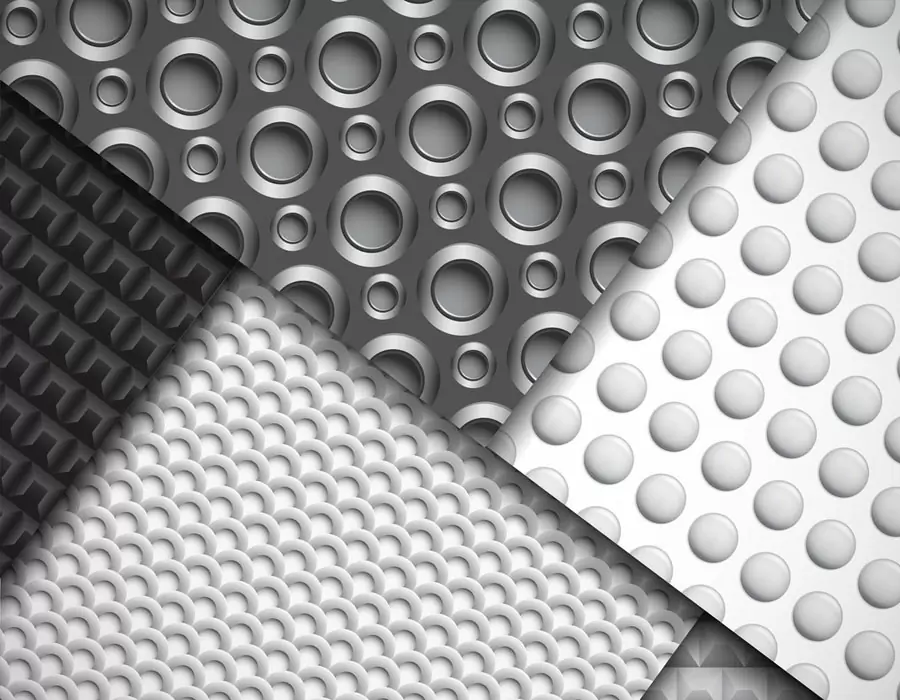
ISO 9001 certified. BE-CU Prototype Offering CNC machining carbon fiber and other manufacturing services for carbon fiber marterial. Various capabilities include notching, labeling, drilling carbon fiber, grinding, laser cutting carbon fiber, finishing, plating, marking, CNC milling carbon fiber and turning carbon fiber.We stock high quality 3k carbon fiber sheet in a variety of thickness, types and finish. Its a great material used in applications where light weight and strength are needed such as drones. Unlike other workshops, we have no min order and are often filling orders with a single part. We also don’t make you pay for the full sheet and you only get charged for what is used. With a large selection of material, you should find everything you need to make your project come to life. We are also able to handle larger production runs and provide a competitive pricing. If we don’t have the material or finish you require, we are more the willing to look at bringing it in for you.
What Is Carbon Fiber?Carbon fiber is made of polyacrylonitrile (PAN) (or pitch, viscose) and other organic fibers by carbonization (removal of most elements except carbon) by pyrolysis method under inert gas at high temperature above 1,000 °C. Inorganic polymer fibers with a carbon content of more than 90%.
-

3D Printing Continuous Fibres
-

3D Printing Short Fibre Filled Wires
-
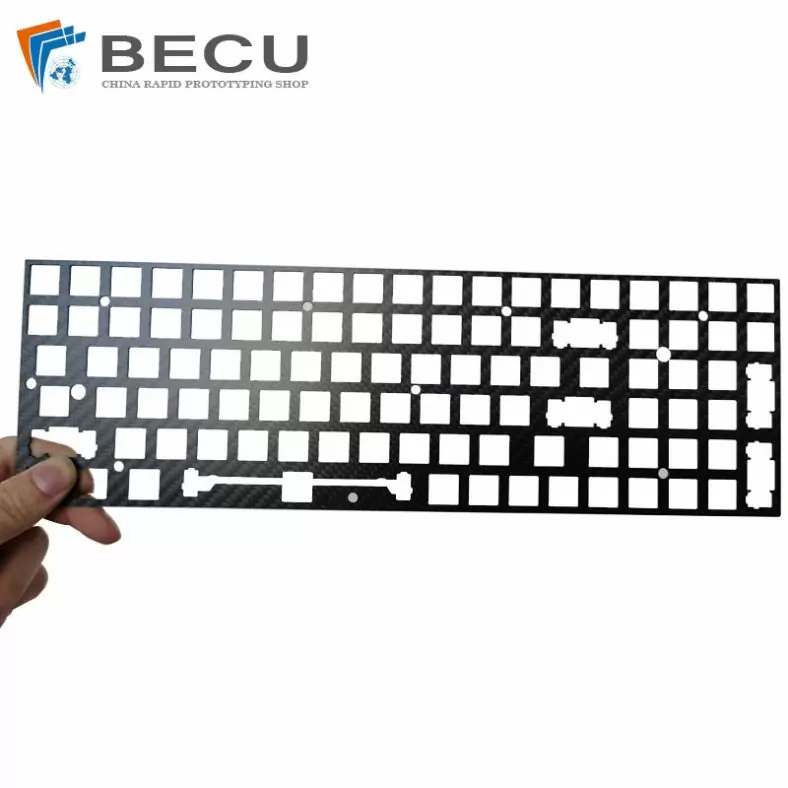
Laser Cutting Carbon Fiber Positioning Keyboard
-

Cnc Turning Industrial Copper-Aluminum Clad Carbon Fiber Machinery Parts
-
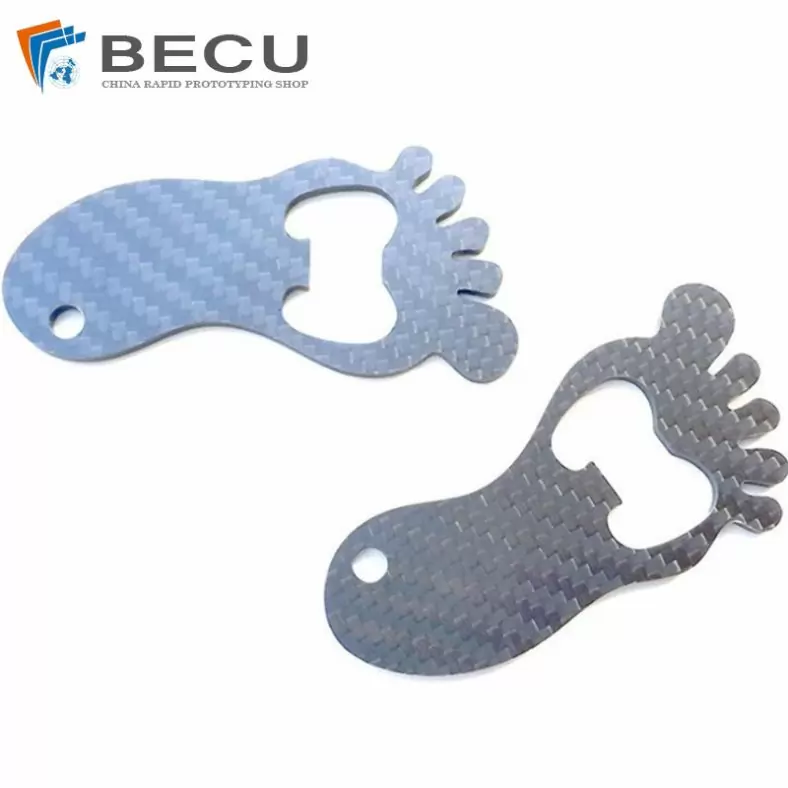
Carbon Fiber Luggage Tag Ornaments
-
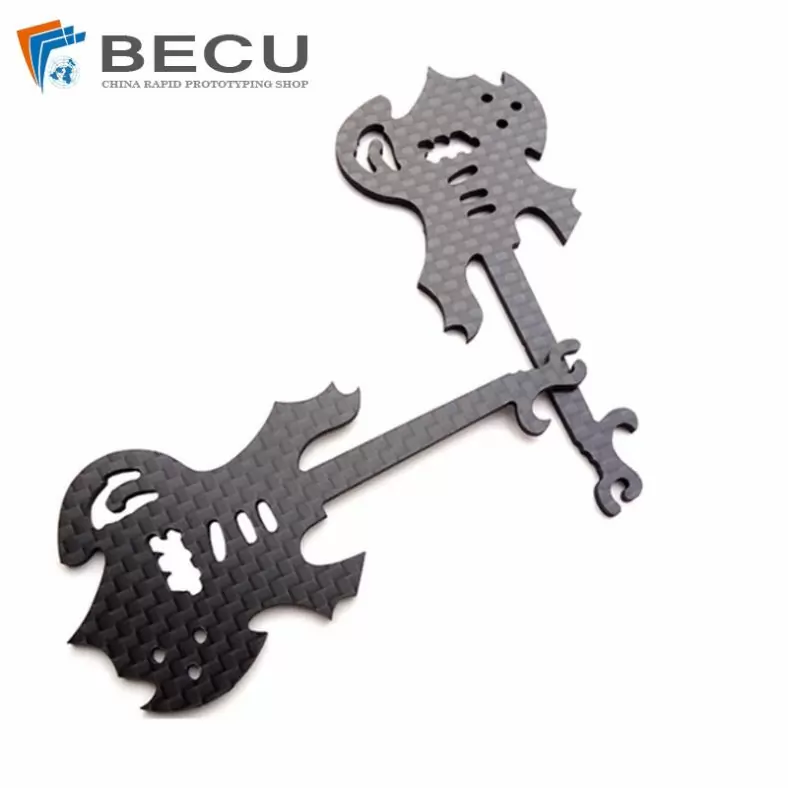
Laser Cutting Carbon Fiber Guitar Shape Crafts
-
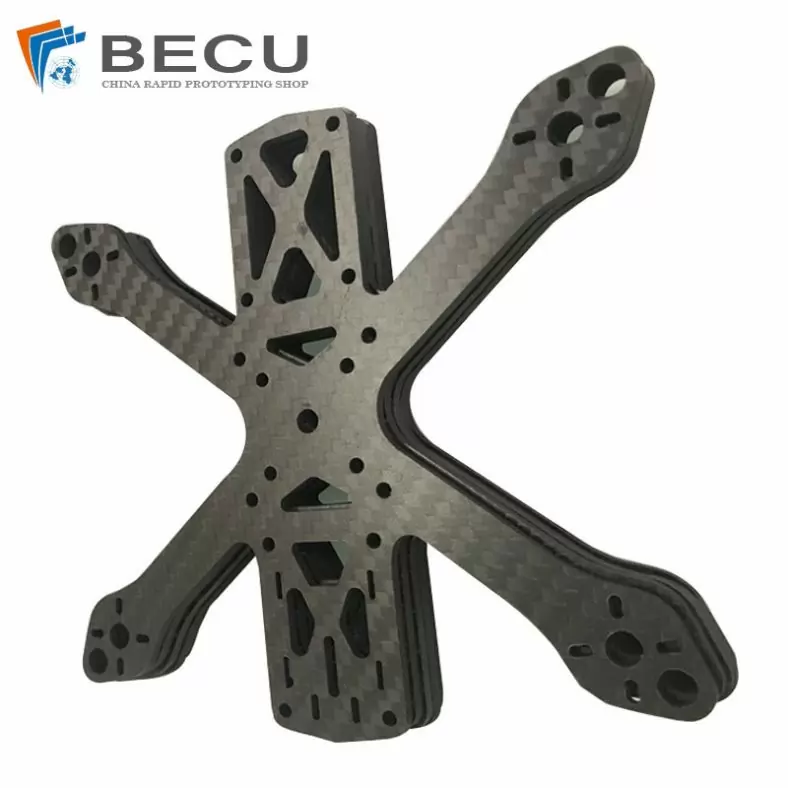
Laser Cutting Carbon Fiber Drone Rack
-
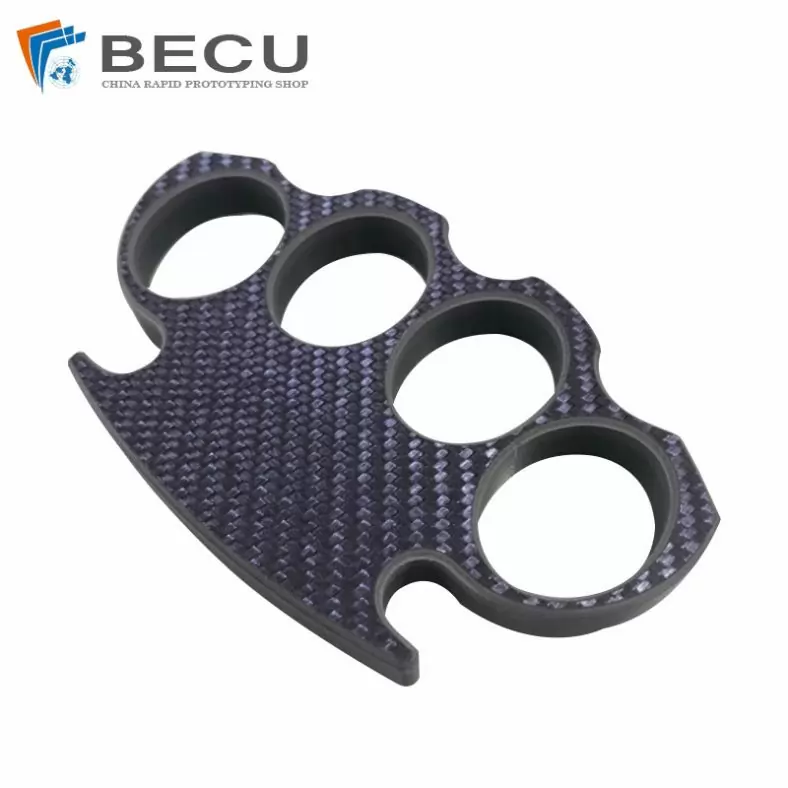
Cnc Milling Carbon Fiber Finger Buckle
